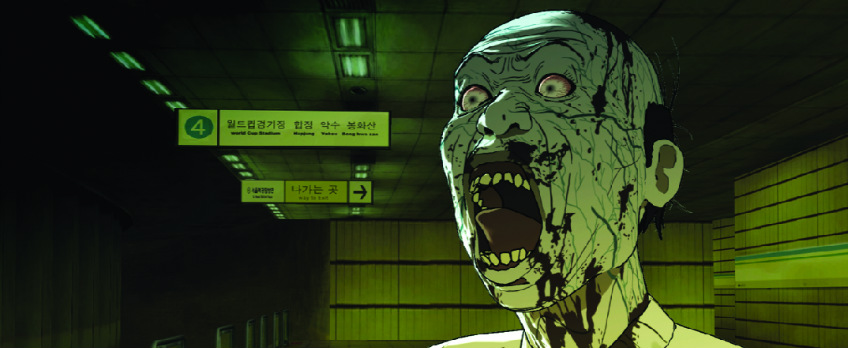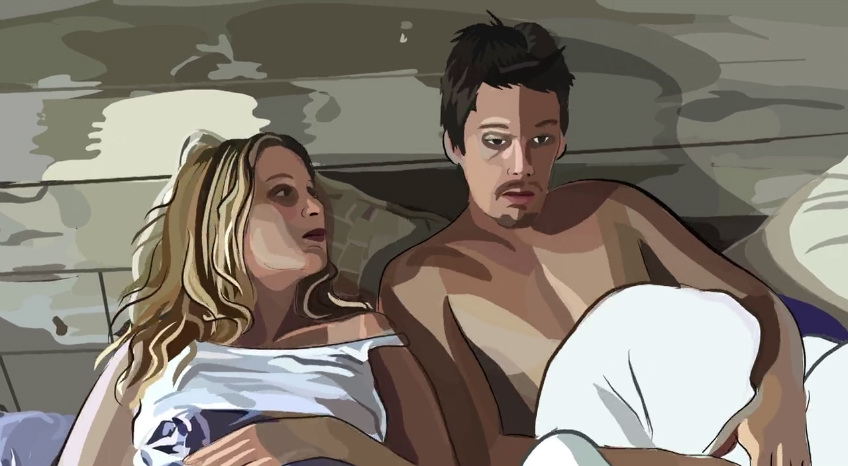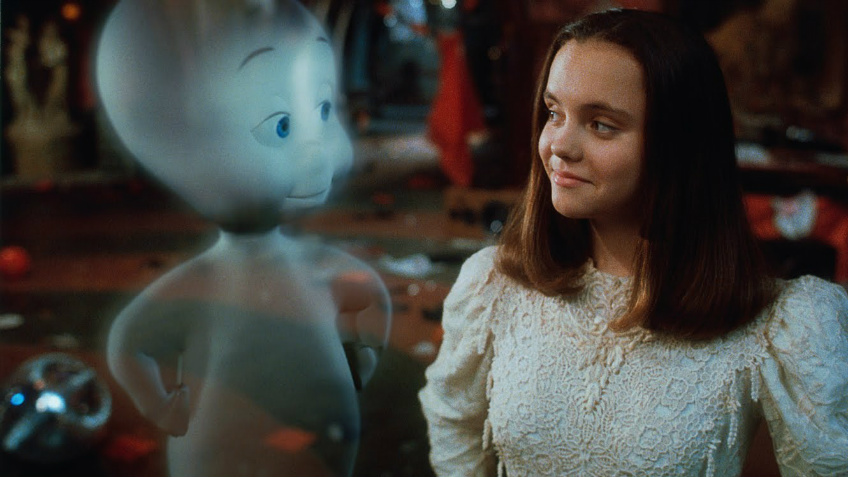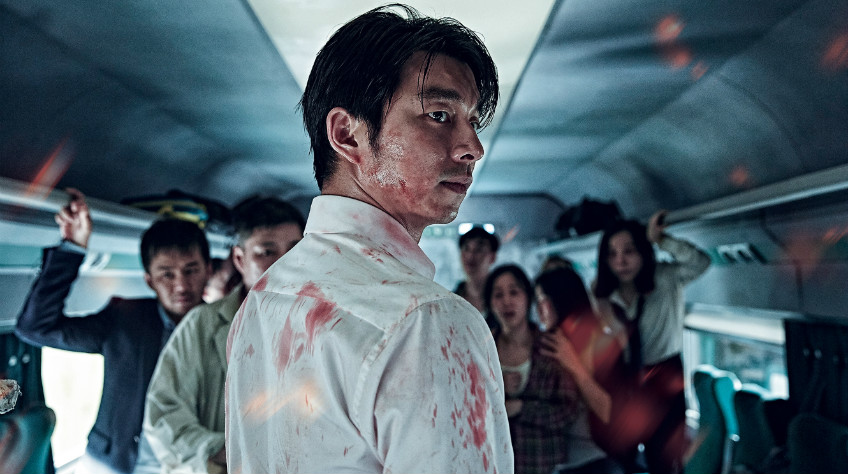Is This Real Life?

South Korean filmmaker Yeon Sang-ho has done something very unusual and potentially unique: he has made a live-action sequel to an animated film.
In the animated Seoul Station, a zombie plague breaks out in a train station. In the live-action follow-up, Train to Busan, the zombies spread to a high-speed train. Because Busan was released in some territories first, it looked to many as if Seoul was the prequel. (To get technical, the term “prequel” only applies when the earlier chronological work is produced after the work depicting the events it precedes. If there’s a more confusing way to describe this concept, I haven’t found it.)
A live-action sequel to an animated film is largely unheard of. However, it is slightly – just slightly – more common to see animated sequels to live action films.
The best-known example is The Animatrix, the collection of short films set in the Matrix universe and released concurrent with the two sequels. These short films were essentially prequels, detailing the lead-up to the events depicted in The Matrix, and felt more like supplemental material than an essential continuation of the narrative.

A scene in Richard Linklater’s rotoscope animation Waking Life features Ethan Hawke and Julie Delpy reprising their Jesse and Celeste characters from Before Sunrise. This was before the first sequel, Before Sunset, was released, and this was the first glimpse we’d had of the pair since the 1995 original. But the dreamlike nature of their sequence suggests it lies outside the Before continuity. Assuming Waking Life takes place in 2001, is their conversation a dream had by Jesse, or Celeste? Or is another character dreaming of them together? And given their chance encounter means nobody else could possibly imagine them together in this detail, is it instead a dream being had by someone who watched the film Before Sunrise and has imagined their relationship? It could be meta-fan fiction, created by someone themselves created by the writer/director of the original. Take a moment to wrap your head around that concept.

In Waking Life, the animation is a stylistic choice rather than a production necessity. Casper, the 1995 film in which nascent CGI technology brought Casper the Friendly Ghost to life, was mostly live-action. Human characters played by Bill Pullman and Christina Ricci interacted with cartoon characters, a tradition established by films such as Who Framed Roger Rabbit, Mary Poppins and Anchors Aweigh. The direct-to-video sequel, 1997’s Casper: A Spirited Beginning continued the human-cartoon interaction, albeit with Steve Guttenberg instead of a more traditional human. But as the series progressed, it slowly transitioned to all-animation, phasing out the human characters altogether.
The word “continuity” may be the catchcry of nerds trying to figure which comic book superheroes exist in the same universe, but it’s an important production element when considering this question. After all, is Yellow Submarine a sequel to A Hard Day’s Night, or a separate film that just happens to feature The Beatles?
Animation and live-action existing in the same universe is a trend almost exclusive to Hollywood – as is, if we’re honest, the very idea of shared universes and multi-film franchises – and is often seen as a decision based on budget than style. Would Stuart Little 3 have gone all-cartoon if its live-action predecessor was a smash hit?

Yeon Sang-ho’s two films occupy a unique space in cinema. A live action feature film taking place moments after the animated film that sets it up is a feat few if any have attempted, and this year’s MIFF may be the only opportunity to watch them back-to-back on the big screen.
Posted by Lee Zachariah
Seoul Station screens at 9pm on Tuesday 9 August, and 6.30pm Wednesday 12 August. Train to Busan screens at 9pm on Wednesday 10 August, and 9pm Friday 12 August.